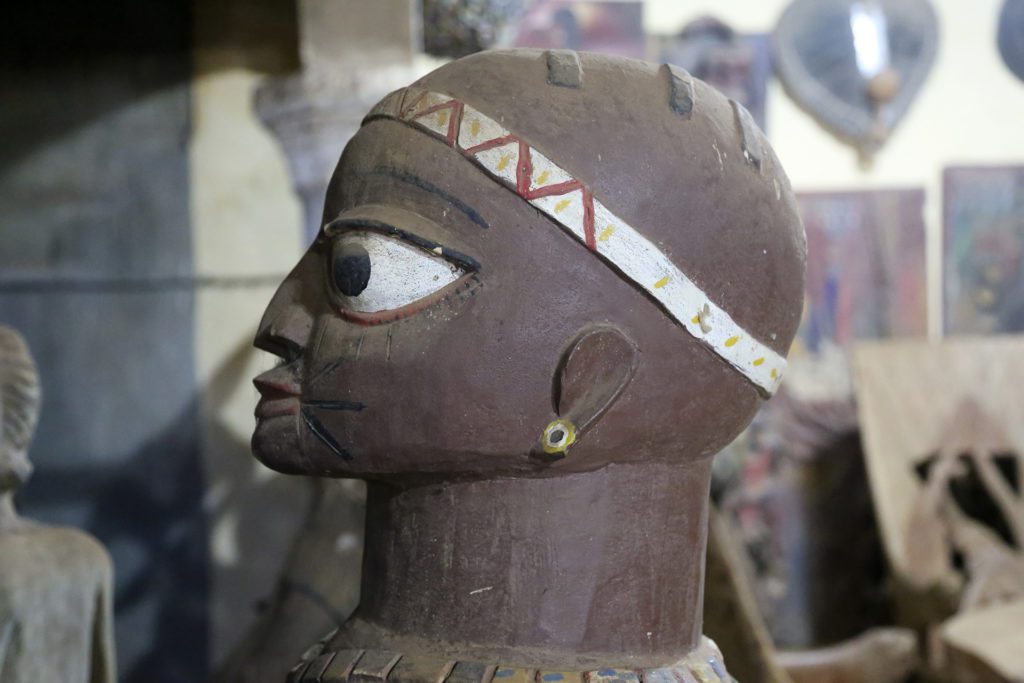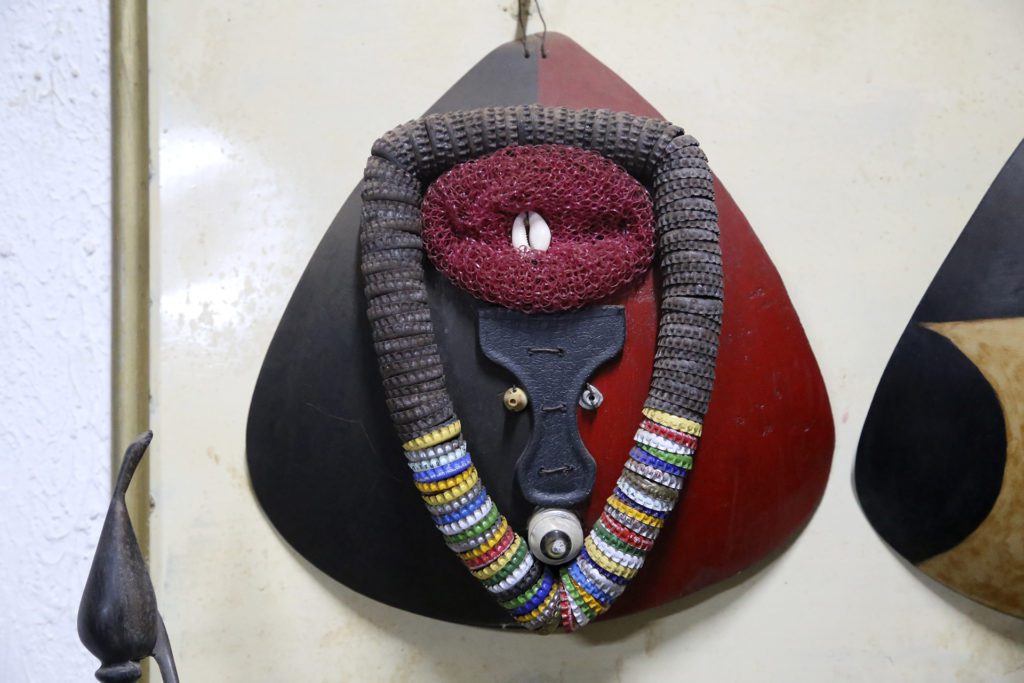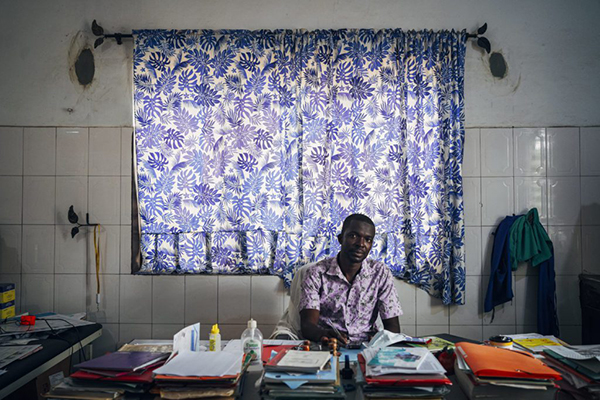Although we focus much attention on sustainable development and the right to health, the people and communities in the countries where we work have an immense cultural diversity that should be appreciated and valued. Here is a glimpse into the culture and artisanship of African countries such as Côte d’Ivoire, Togo and Ghana.
Benin is a nation of artists. Crafts in this small country on the Gulf of Guinea account for 13% of its GDP, and the government recognises a diverse range of more than 175 crafts throughout the country. The artisans, grouped under the National Confederation of Beninese Artisans (Confédération Nationale des Artisans du Bénin or CNAB), is a trade group that plays an active role in strengthening the national economy.
The specialties are myriad: textiles, gourds, ceramics and masks are some of the most representative objects of Beninese artisanship. Today we bring you a glimpse of the most remarkable handicraft practices of the cultures and peoples living in Benin.
Benin, the artisanship of the Kingdom of Dahomey
In the heart of the city of Cotonou is the Centre de Promotion Artisanale (CPA), which sells all kinds of works of art. This is merely the hub of a network of artisans and craftspeople that extends throughout the country.
Present-day Benin was once the ancient Kingdom of Dahomey, whose royal court inspired many works of art, such as appliquéd fabrics. The technique used to make these fabrics is based on large pieces of cloth, onto which pictograms representing the emblems of the kings of Abomey are sewn. Other forms of copper and brass artisanship are part of this legacy of Beninese royalty. The walls of the Royal Palaces of Abomey, a UNESCO World Heritage Site, are also carved with these motifs.
Wood carving
Beninese wood carvers are called atinkpato when they make pieces and statuettes that represent more than a mere decorative object. These items were often endowed with religious and spiritual significance. Botchio, for example, are protective statuettes and divination pieces. There are also guèlèdè masks, which represent voodoo deities and are used by Yoruba communities in Benin and Nigeria for special celebrations. The older women of the community are often honoured during the Guèlèdè.
Wood is also carved for decorative purposes. The thrones, doors and tables found in countless historic buildings in Benin draw on this tradition. Musical instruments, tam-tams, koras, djembes and others are made all over Benin, but the small town of Adjara specialises in djembes made from iroko wood.
Raffia and pottery, everyday objects with a cultural dimension
The Peul and Bariba peoples use raffia to make bags and especially bracelets, which are crafted in a veritable rainbow of colours. Fire-etched gourds are also common pieces in the handicrafts of these communities. Likewise, in the Lokossa region, women make beautiful terracotta pieces, the most striking of which are plates and bird whistles.






